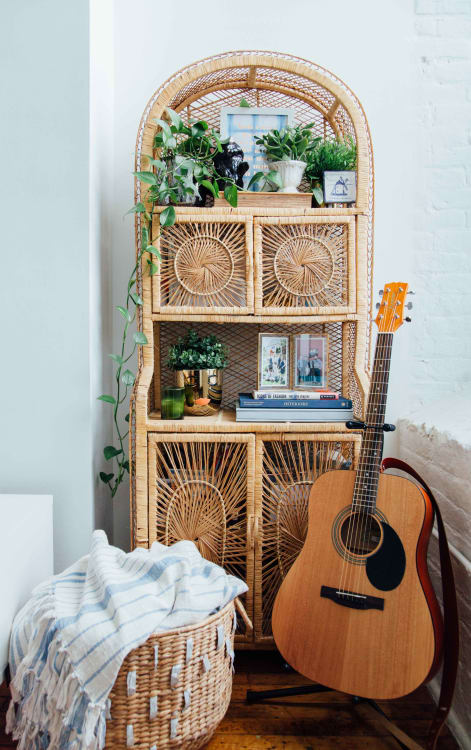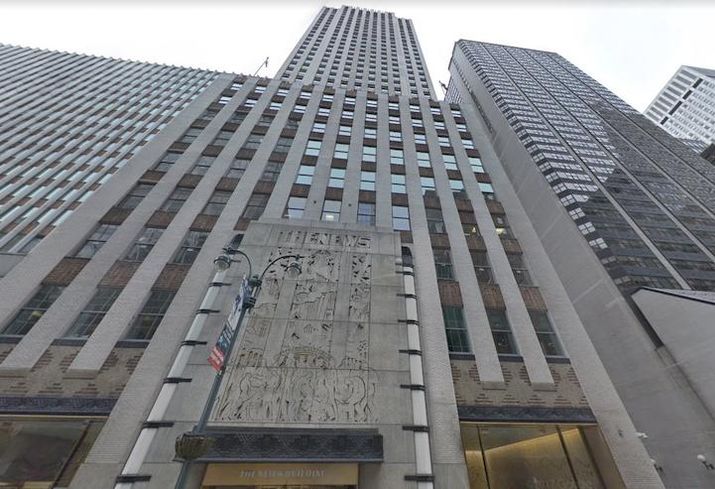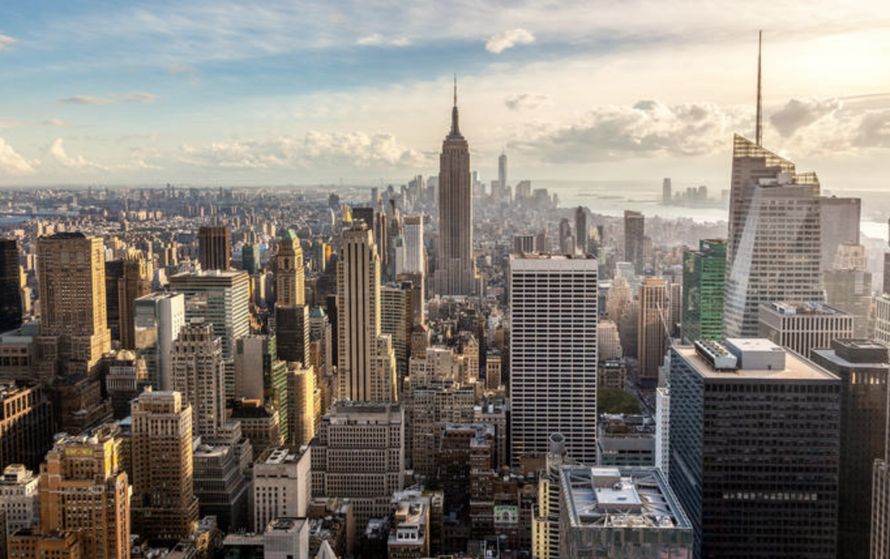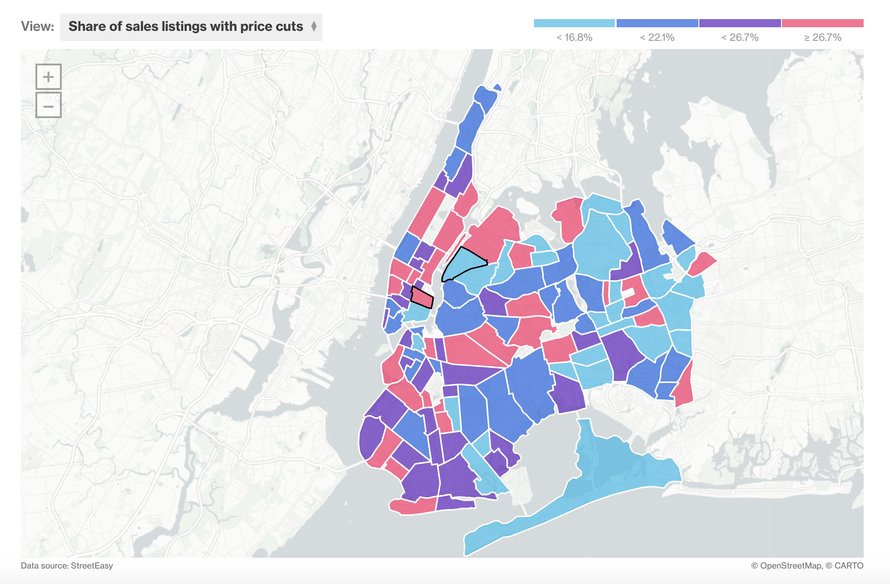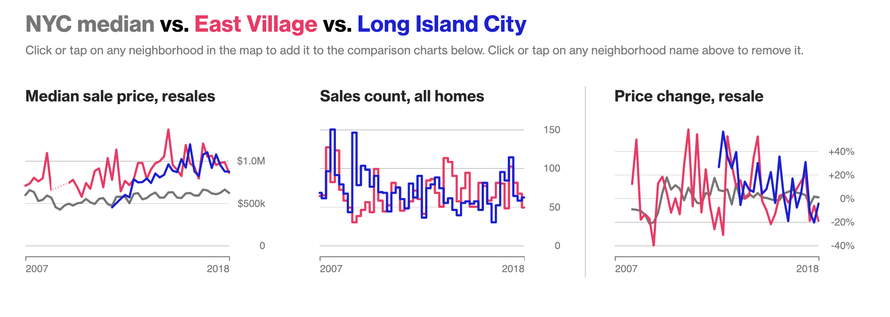Amazon has faced intense opposition against its planned new headquarters campus in Long Island City, and while the tech giant is now trying to soothe its critics and repair its image it has also hinted that this new project is not yet set in stone.
“We were invited to come to New York, and we want to invest in a community that wants us,” Amazon Vice President for Public Policy Brian Huseman said during a hearing Wednesday before the City Council, the New York Times reports.
At the end of the session, he said the Jeff Bezos-led company wants to “be part of the growth of a community where our employees and our company are welcome.”
Though Amazon said it is committed to Long Island City, executives have reportedly griped in private they have not received the same kind of welcome as provided in Crystal City, where legislation at the state and local level has proceeded without staunch opposition.
The e-commerce behemoth has not yet closed on the purchase of a parcel of land that it needs to build the campus, according to the Times.
Amazon has shifted gears in recent weeks, attempting to win over detractors after more than a year of silence regarding the HQ2 process. It started sending out flyers to local community members.
Amazon Vice President for Real Estate John Schoettler ate at a Long Island City Italian restaurant with 20 local business owners. And at the City Council meeting this week, Amazon promised to pay for computer science classes at 130 high schools in the city, hire 30 public housing residents for jobs and create a certificate program at LaGuardia Community College.
Long Island City Council member Jimmy Van Bramer described the offerings as “crumbs off the table,” Curbed reports.
Ultimately, either New York City or Amazon could pull out of the deal. The agreement with the city is nonbinding and many of the details have not been ironed out, despite the victorious tone Gov. Andrew Cuomo and Mayor Bill de Blasio struck at their press conference announcing the deal in November.
This week’s meeting grew heated at times. Protesters held orange signs saying “Caution: Amazon lies” while council members lobbed tough questions and criticisms at state officials and Amazon representatives.
“Why do you need our money?” Council Speaker Corey Johnson asked, according to Curbed. “We have 63,000 people sleeping in homeless shelters in New York City, we have subways that are falling apart, we have schools that aren’t getting the money they deserve … This seems like vulture, monopolistic capitalism at its worst.”
Amazon will received some $3B in combined state and city incentives, officials said when the deal was announced last year. However, a new report from the City Council’s Finance Committee released Wednesday found Amazon could earn an extra $987M if it hires more than 25,000 workers.
Council member Daniel Dromm, the head of the finance committee, reportedly said Wednesday that the city had its “head in the sand” over the issue of tax credits, adding that Amazon is “reaping the benefit” of the city’s failure to do a proper review.
One tax credit Amazon will not avail itself of is the opportunity zone program. Amazon Head of Economic Development Holly Sullivan said it will not use the campus’ location in an opportunity zone to defer capital gains taxes, Bloomberg reports, despite its eligibility to do so. Their decision would not preclude its landlords or development partners from investing deferred capital gains from an opportunity fund into its projects, however.


